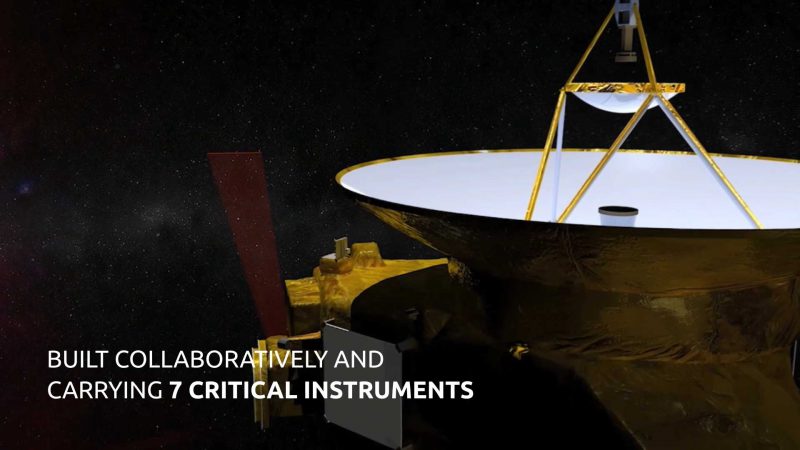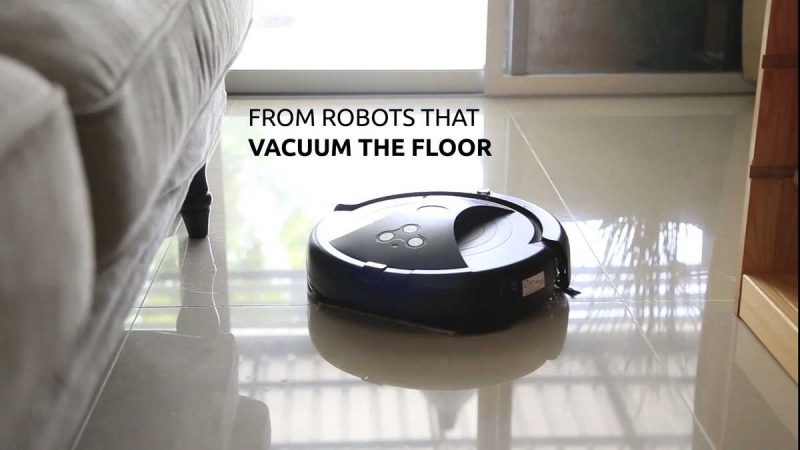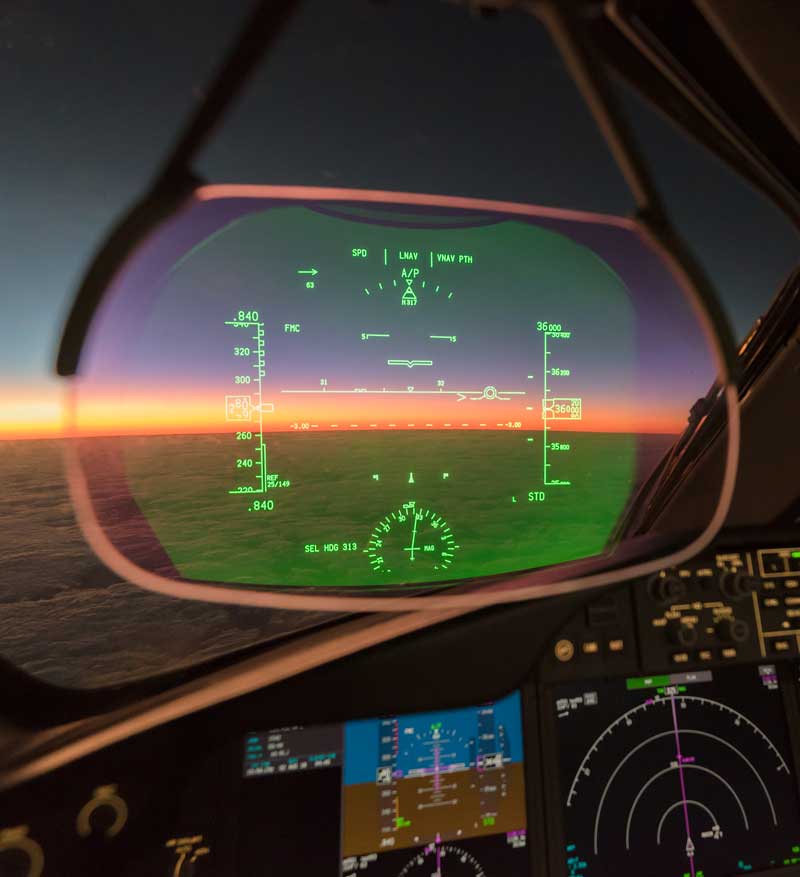The Way to What’s Next
FROM THE FIRST FLIGHT THROUGH THE AIR TO THE FIRST STEPS ON THE MOON, THE AEROSPACE AND DEFENSE INDUSTRY HAS TRANSFORMED THE WAY WE LIVE, CONNECT AND EXPLORE.
TODAY, IT CONTINUES TO MOVE THE MODERN WORLD AROUND US, IMPROVING OUR DAILY LIVES AND SHAPING OUR FUTURE—OFTEN IN SURPRISING WAYS. READY TO SEE HOW?
CLICK ON A CATEGORY TO BEGIN


























































